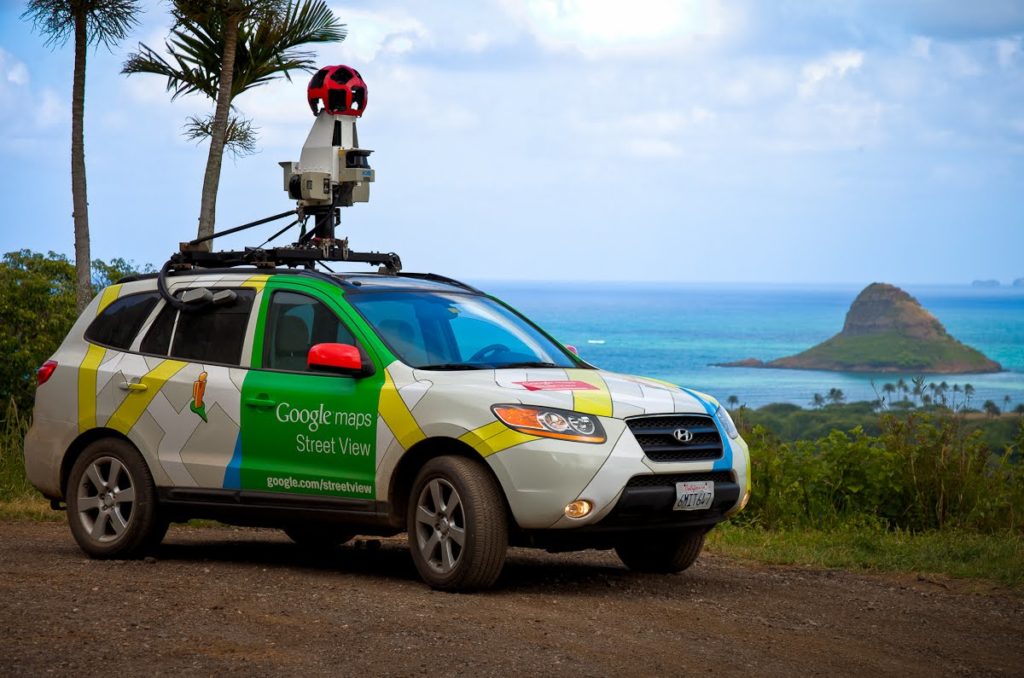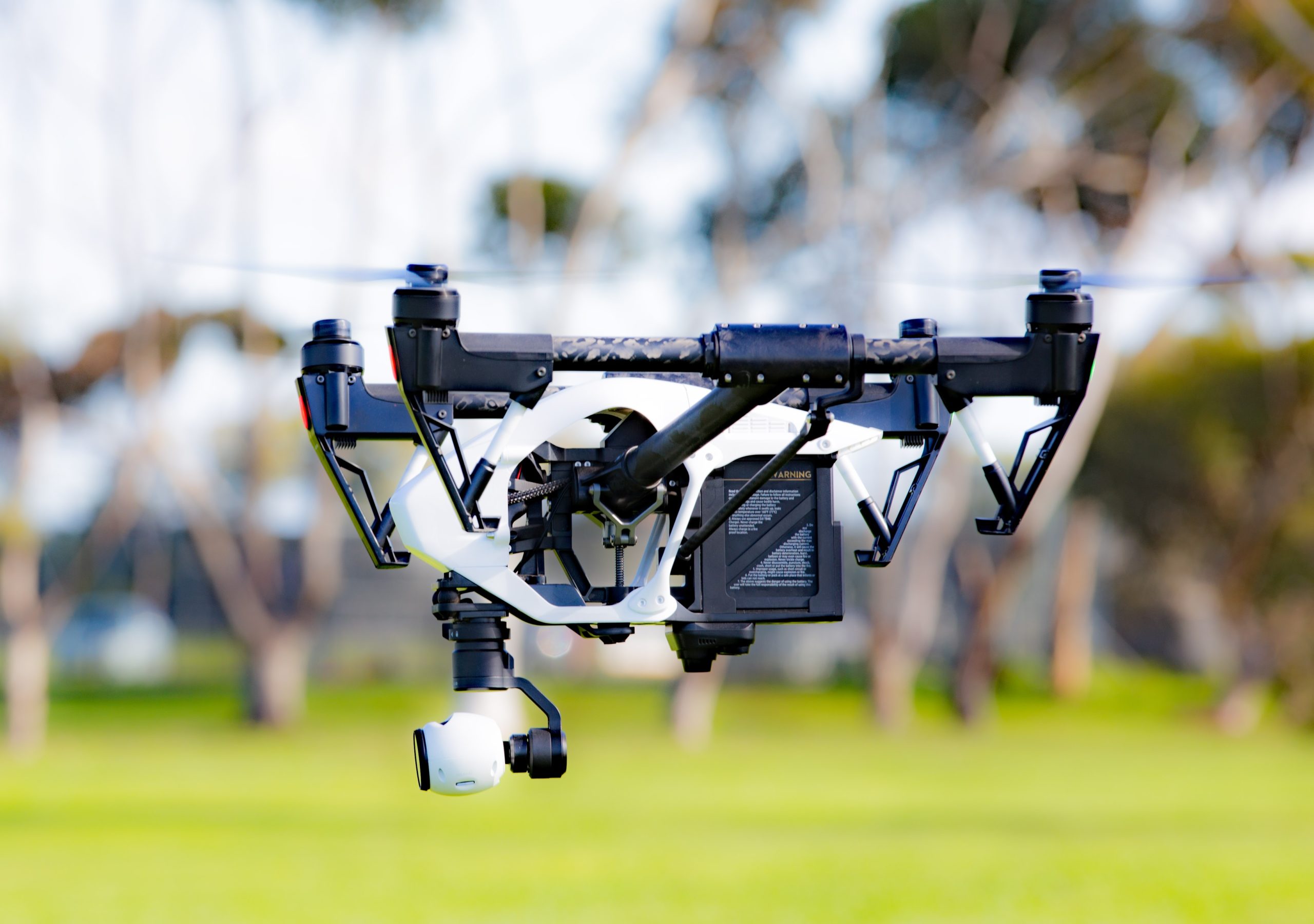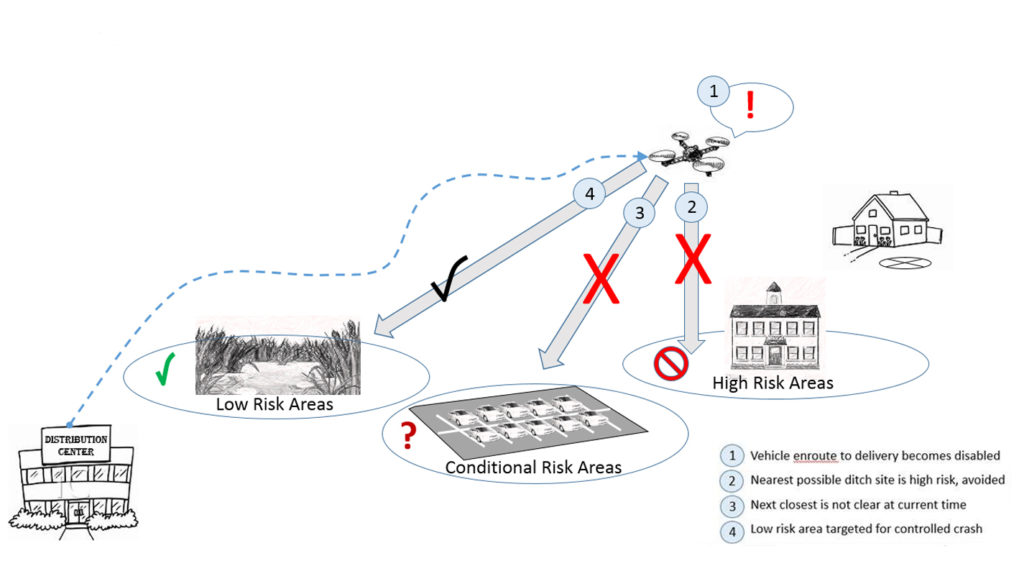
Google’s Street View turns 10!
 Would you believe it has already been 10 years that Google’s Street View has been dishing out some pretty amazing, weird and funny imagery of the world around us? From a peep inside the White House to panoramic views of your dream vacay spot, this incredible service guarantees to satisfy spatial curiosities with just a few clicks.
Would you believe it has already been 10 years that Google’s Street View has been dishing out some pretty amazing, weird and funny imagery of the world around us? From a peep inside the White House to panoramic views of your dream vacay spot, this incredible service guarantees to satisfy spatial curiosities with just a few clicks.
But more than a decade ago, when Google co-founder Larry Page first pitched the concept of creating a 360-degree map of the world, naysayers were quick to dismiss it as being too far-fetched – as is the case with every revolutionary idea. Nonetheless, Larry found a passionate bunch of Googlers to work with him on the first prototype and rolled out the first Street View car in the streets in 2006. These cars traversed through San Francisco, New York, Las Vegas, Miami, and Denver for a year before Google released the first imagery in May 2007.
Today, Street View cars have traveled almost 10 million miles, covering every single continent and 83 countries in total, a celebratory blog post by Google reveals.
And yet, cars can’t go everywhere. They can’t navigate through the historic paths of Venice or take in the breathtaking architecture of world heritage sites like the Taj Mahal. So over the years, Google’s Street View camera found new hosts – a backpack, a snowmobile, a trolley and even the back of a camel – capturing everything from the Grand Canyon and the Arctic Eiders to the Arabian desert and famous artworks.
The last few years have been especially eventful for this Google Maps product. In 2014 came the Time Machine which assembled historical imagery from past Street View collections and created a digital time capsule of the world. Then, in 2015, the Street View app was released to allow anybody to instantly contribute their own 360-degree imagery to Google Maps. And earlier this year, Google gave ‘Street View ready’ stamp of certification to 20 new 360-degree cameras in a quest to expand its outreach.
Where the technology will go from here is anybody’s guess. Till then, three cheers to Street View!
Also read: Google Maps uses deep learning and Street View to update addresses







